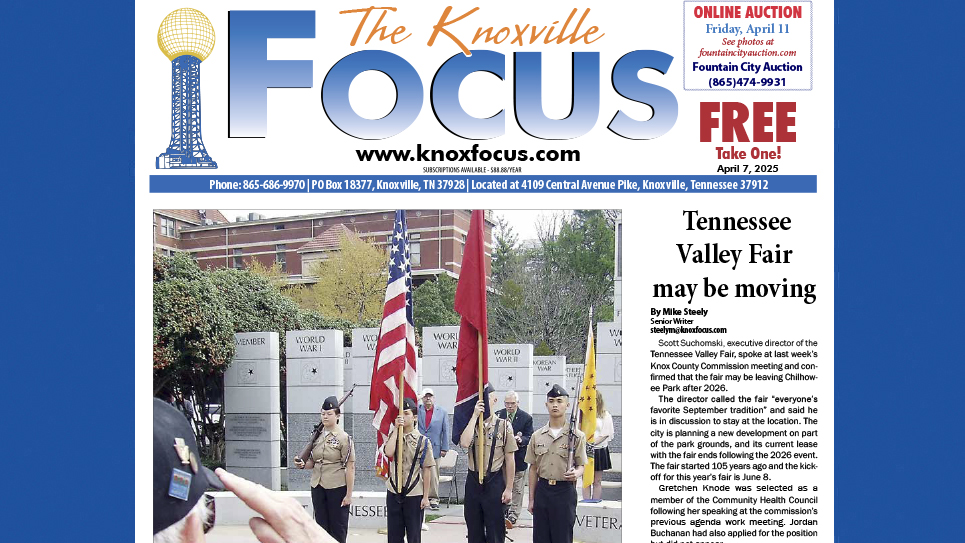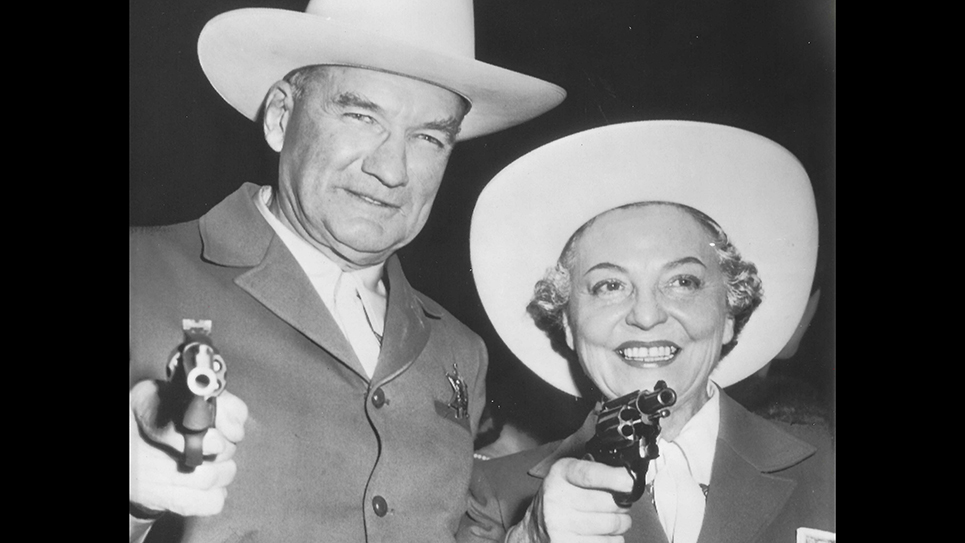Look Carefully at the Field
By Tom Mattingly
There are all kinds of storylines within the expanse of the Neyland Stadium, far beyond wins, losses, and ties, summonsed as if by magic in the mind’s eye. It’s definitely an orange-tinted world.
More than 70 years ago, the future was on full display on Shields-Watkins Field. Fans might have needed a scorecard to totally understand the situation.
On Nov. 15, 1952, Tennessee (7-1) and Florida (5-3) squared off in Tennessee’s eighth game of the season. It was Homecoming Day on campus, with an announced attendance of 32,000, an above average crowd for the early 1950s. It was the first time the two teams had met since 1944. Tennessee won 26-12, in what was Bob Neyland’s final win on the home field.
The game itself appears to be just another contest. It hasn’t attracted the attention of Tennessee historians Tom Siler, Russ Bebb, and/or Marvin West. In their writings on Tennessee football history, they noted that Florida was under the tutelage of former Vol Bob Woodruff (1936-38) and that Vol fullback Andy Kozar had suffered a career-ending back injury during the game, after rushing for 111 yards and scoring twice. That’s about the extent of their coverage.
(What they didn’t report was that Kozar had received a letter from a few of the Florida players the week before the game, saying they were going to do exactly that. That little nugget has somehow been lost to history.)
Neyland, the incumbent head football coach and athletics director, was standing on the east side, while two future athletics directors were present on the west side.
It was another of those games in which Neyland faced off against one of his former players. That happened, for example, when Tennessee and Georgia Tech played when Bobby Dodd coached the Yellow Jackets.
On that November day, the Vols were ranked No. 7, while the Gators were ranked No. 18. It was the first of four consecutive contests between the two teams.
In the ensuing years, there was a 9-7 Vol win in Gainesville in 1953, a 14-0 loss in Knoxville in 1954, and a 20-0 win back in Gainesville in 1955. The Vols and Gators would not play again until the 1969 Gator Bowl. The Gators came back to Knoxville for a game in 1970. We all know what excitement that day held for the Vol program and its fans, as the Vols won 38-7.
Neyland was leading the Vols as he had since 1926, with a year in the Canal Zone (1935) and five years in World War II (1941-45) interrupting his Vol career. The 1952 season marked the end of Neyland’s coaching career, although he had held out the possibility of returning to the Vol sidelines. Neyland had stepped down on doctor’s orders before the Cotton Bowl game against Texas. He did, however, remain as athletics director until his death on March 28, 1962.
Woodruff, who would be named athletics director 11 years later, had been head coach at Baylor (1947-49) and would lead the Florida program from 1950 through 1959. As the visiting team, Florida had its team bench area on the west side of the field. He had been on the Tennessee staff in 1961 and 1962.
The Gator quarterback that day was Doug Dickey, wearing jersey No. 15. Woodruff would tab him as the Vol head coach during the same late November 1963 weekend he was named athletics director.
Dickey came to Knoxville by train and was met at the station not only by Woodruff, but also by the News-Sentinel’s Marvin West. West had been chasing the story after a phone call to the Dickey residence in Fayetteville, Arkansas, revealed that Doug was on his way to Knoxville. This was the first picture of Dickey in Knoxville. Marvin recalled the camera… and the moment.
“It was a great little black box camera with a focus wheel and a crank on the side to rapidly advance film. I think I still have it among my souvenirs,” West said.
“Woodruff, who wasn’t nimble enough to beat me then, tried twice to get between Dickey and the camera to keep the news from getting out,” West said. “I’m dodging one way, and Woodruff’s moving the other, and I manage to get one or two shots.”
As head coach, Dickey led the Vols to SEC tiles in 1967 and 1969. He would lead the Vols back to gridiron glory from 1964-69, with a record of 46-15-4, and would return as athletics director in 1985, serving until retiring in 2003.
He earned two chances to lead Tennessee to the heights of college football and succeeded both times. He was inducted into the College Football Hall of Fame in 2003 as a head coach.
One word of advice.
Watch those sidelines carefully at Tennessee games. You’ll never know who might, a few years hence, become head coach, even athletics director, at Tennessee. In November 1952, Vol fans got a good look at two of them as the future passed in review.






